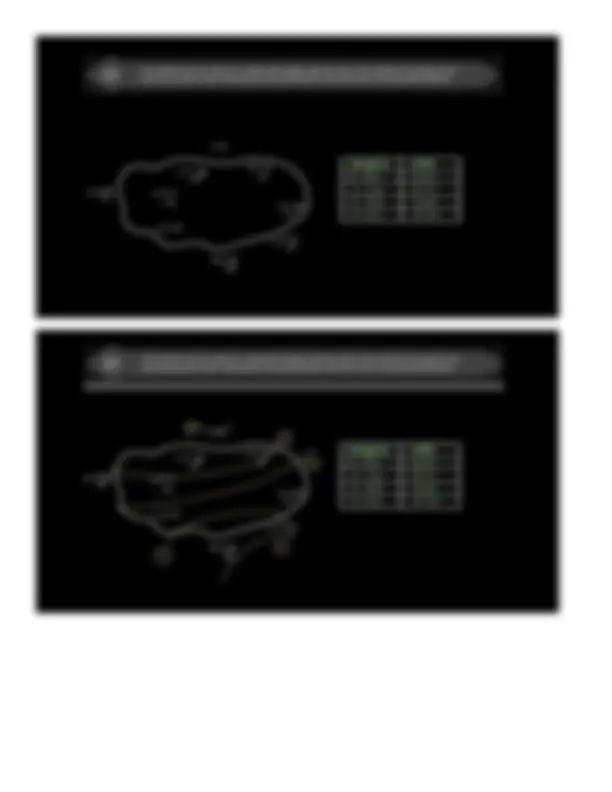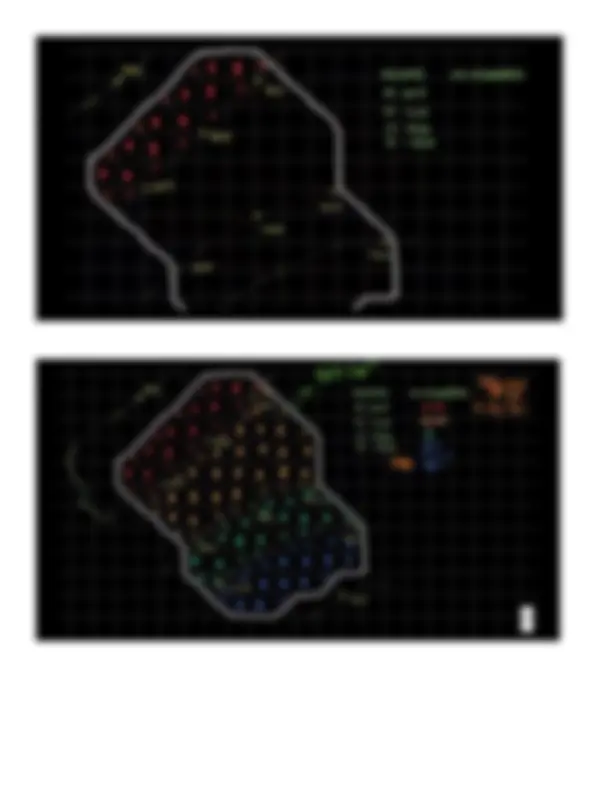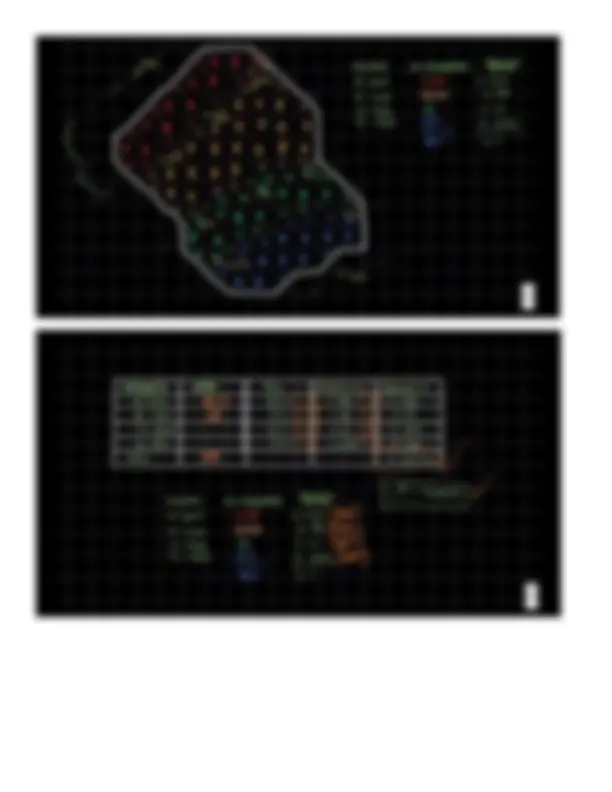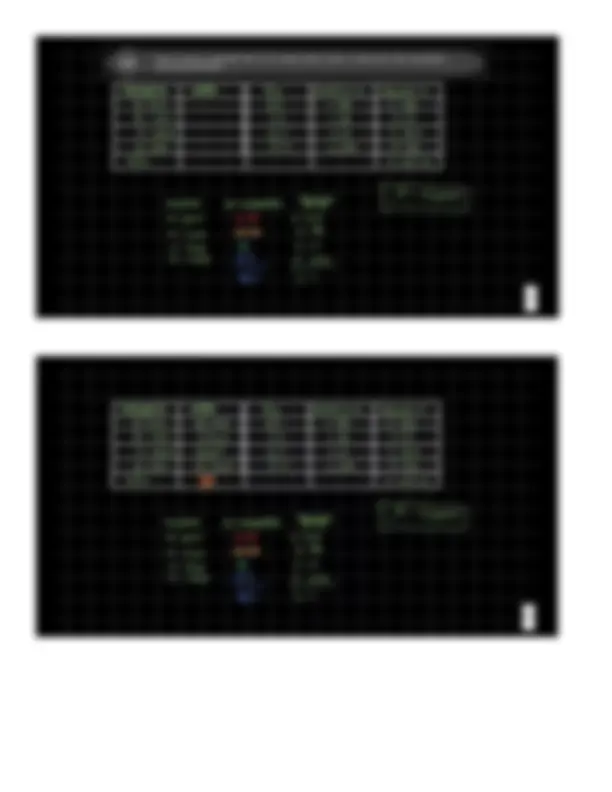








Study with the several resources on Docsity

Earn points by helping other students or get them with a premium plan


Prepare for your exams
Study with the several resources on Docsity

Earn points to download
Earn points by helping other students or get them with a premium plan
Community
Ask the community for help and clear up your study doubts
Discover the best universities in your country according to Docsity users
Free resources
Download our free guides on studying techniques, anxiety management strategies, and thesis advice from Docsity tutors
This covers the summary of precipitation.
Typology: Summaries
1 / 11

This page cannot be seen from the preview
Don't miss anything!







A single point precipitation measurement is quite often not representative of the volume of precipitation falling over a given catchment area. The representative precipitation over a defined area is required in many engineering applications, whereas the gaged observation pertains to the point precipitation. A dense network of point measurements and/or radar estimates can provide a better representation of the true volume over a given area. A network of precipitation measurement points can be converted to areal estimates using any of the following techniques: Arithmetic or Station Average Method Thiessen Polygon Method Isohyetal Method